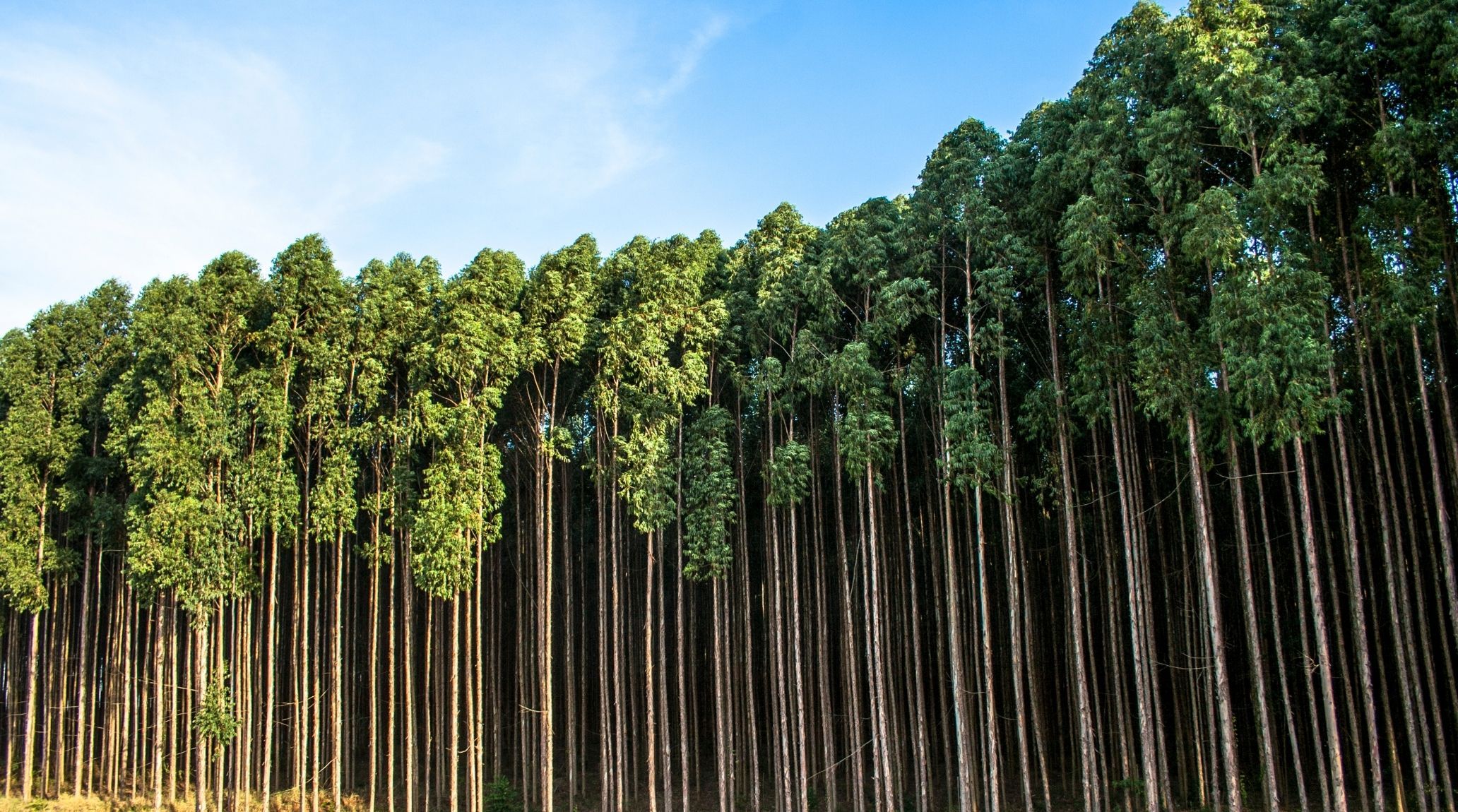
“
Eucalyptus trees, known for their distinctive aroma and towering height, hold a wealth of fascinating facts that intrigue both young minds and nature enthusiasts alike. From their role in Australian culture to their medicinal properties and ecological significance, exploring these interesting Eucalyptus facts sheds light on the remarkable adaptations of these iconic trees.1
1
”
Eucalyptus isn't just one tree species but a genus containing over 700 different species, most of which are native to Australia. These diverse species vary widely in size, leaf shape, and growth habits, adapting uniquely to different ecological niches across the continent. 1
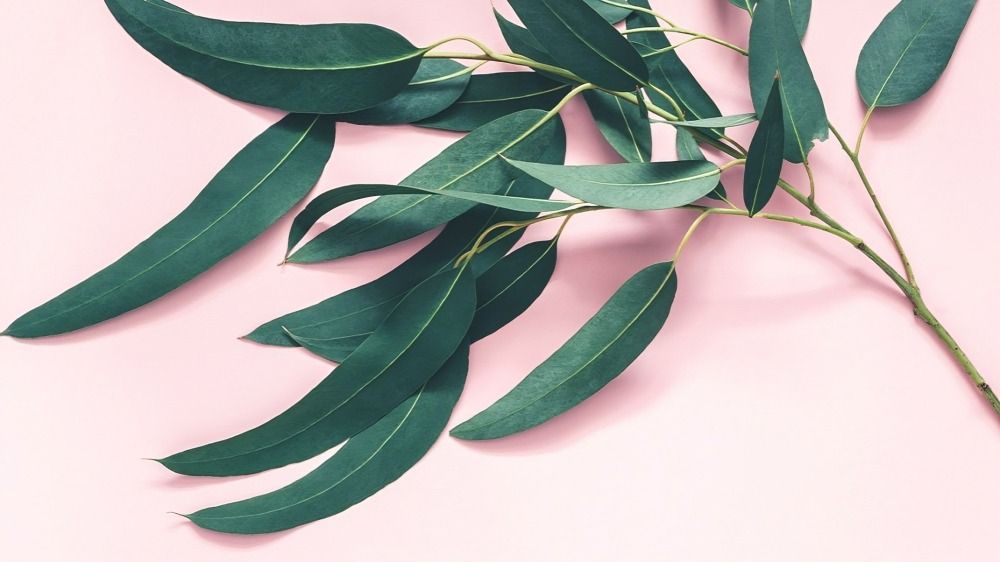
The leaves of Eucalyptus trees are filled with aromatic oils that give off a distinctive scent, especially after rain. This characteristic aroma not only makes Eucalyptus trees easily identifiable but also serves as a natural deterrent to herbivores, protecting the tree from being eaten.
Some Eucalyptus species have adapted to survive bushfires by having thick bark that insulates the tree from intense heat. This adaptation allows Eucalyptus trees to not only survive but also regenerate quickly after fires, making them crucial for ecosystem recovery. 2
The most massive Eucalyptus tree currently alive is named Still Sorrow, with an estimated above ground dry mass of 215 tonnes and a wood/bark volume of 400 m³. It stands 84 meters tall and has a circumference at breast height of 16 meters. 3
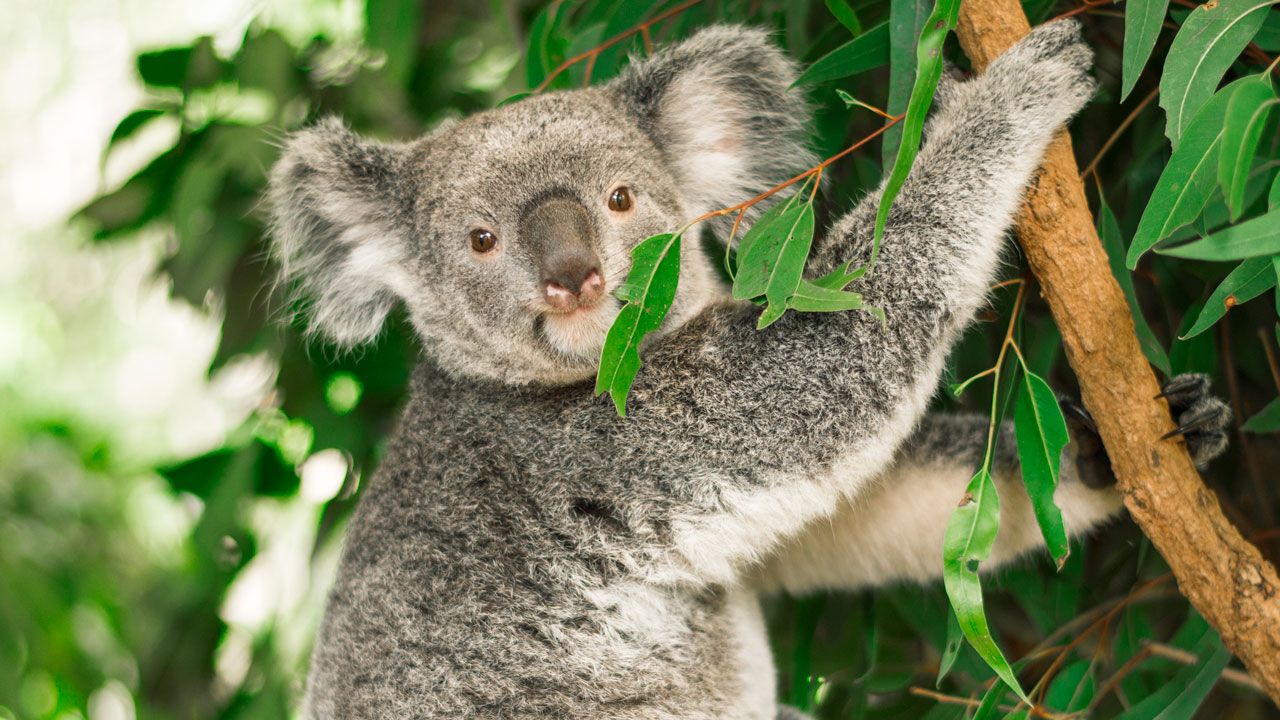
Koalas primarily feed on Eucalyptus leaves, which are highly nutritious despite being toxic to many other animals. The specialized digestive system of koalas allows them to detoxify the chemicals in Eucalyptus leaves, making this tree essential for their survival.
Eucalyptus oil is known for its medicinal properties, used in traditional medicine to relieve cold symptoms and as an antiseptic. The oil extracted from Eucalyptus leaves is valued for its ability to ease respiratory congestion and promote healing of minor wounds. 4
Eucalyptus trees are some of the fastest-growing plants in the world, capable of adding several feet to their height each year. This rapid growth rate, coupled with their ability to thrive in various soil types, makes Eucalyptus trees popular choices for reforestation and timber production. 5
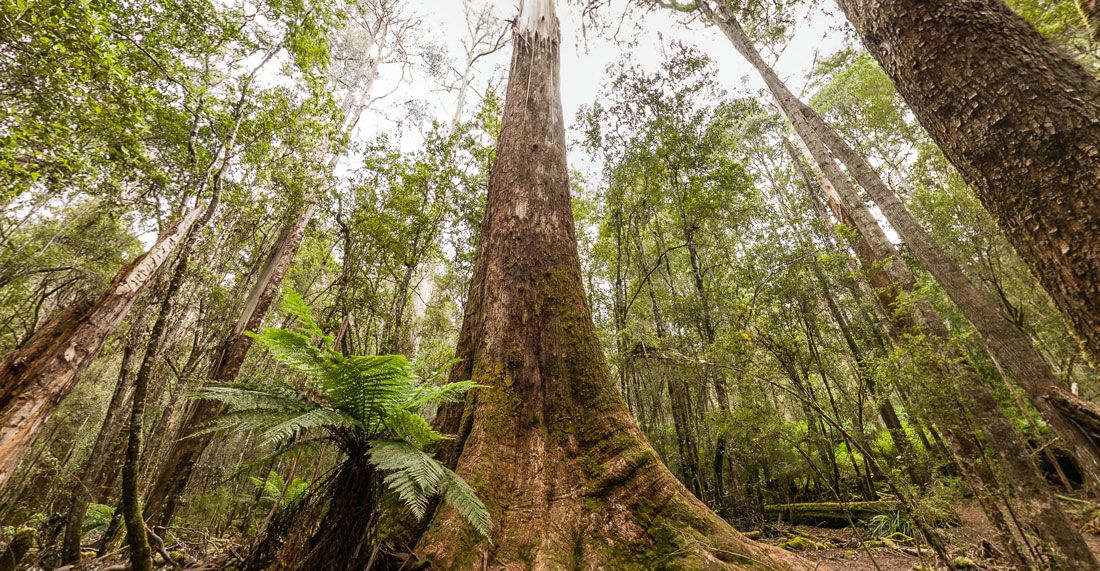
Eucalyptus regnans, also known as the Mountain Ash, can grow over 375 feet tall, making it one of the tallest flowering plants on Earth. These majestic trees dominate the skyline in their native Australian forests, towering over other vegetation.
The first Eucalyptus tree planted outside Australia was in 1770 by Sir Joseph Banks, who planted it in Portugal. This event marked the beginning of Eucalyptus cultivation outside of its native range. Eucalyptus is the national plant of Australia. 6
The strong aroma of Eucalyptus leaves acts as a natural insect repellent, keeping many pests away from the tree. This natural defense mechanism not only protects Eucalyptus trees from insect damage but also benefits surrounding vegetation by reducing pest populations. 7
Eucalypts add distinctive color and fragrance to Australia's landscape. Their varied hues and aromatic oils contribute significantly to the country's unique environment, making them a vital part of Australia's natural beauty and scent profile.8
Eucalypts are the tallest flowering plants on Earth, reaching impressive heights of up to 330 feet (100 meters). Their towering stature makes them a prominent feature in many landscapes, contributing significantly to their ecosystems. 9
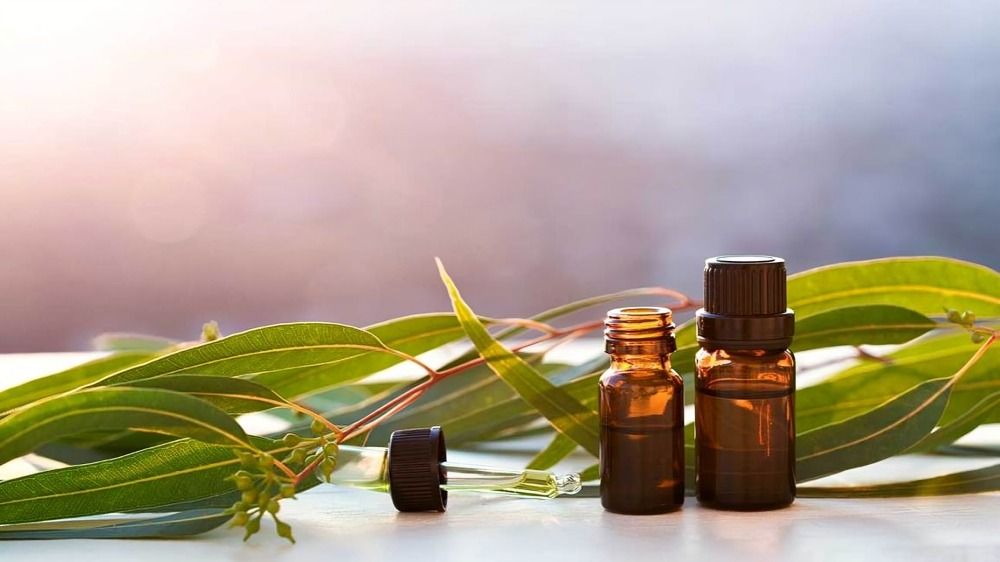
Besides medicinal uses, Eucalyptus oil is used in perfumes, cosmetics, and even as a flavoring agent in some foods. The refreshing and invigorating scent of Eucalyptus oil makes it a popular choice for aromatherapy and personal care products worldwide.
They contain compounds that can be toxic if ingested. However, eucalyptus leaves are used in various medicinal and culinary applications, such as flavoring and essential oils, but they should not be consumed directly. 10
Eucalyptus trees have adapted to diverse climates, from temperate regions to arid landscapes, showcasing their resilience. Their ability to thrive in varying environmental conditions makes them valuable for ecological restoration and landscaping projects worldwide. 11
The wood of Eucalyptus trees is prized for its strength and durability, used in construction, furniture-making, and paper production. Eucalyptus timber is known for its attractive grain patterns and resistance to rot, making it a sustainable choice for many wood products. 12
Eucalyptus trees can help prevent malaria by releasing oils that repel mosquitoes. Their strong scent creates an environment less favorable for mosquito breeding, making eucalyptus a natural method for reducing the risk of malaria in affected areas. 13
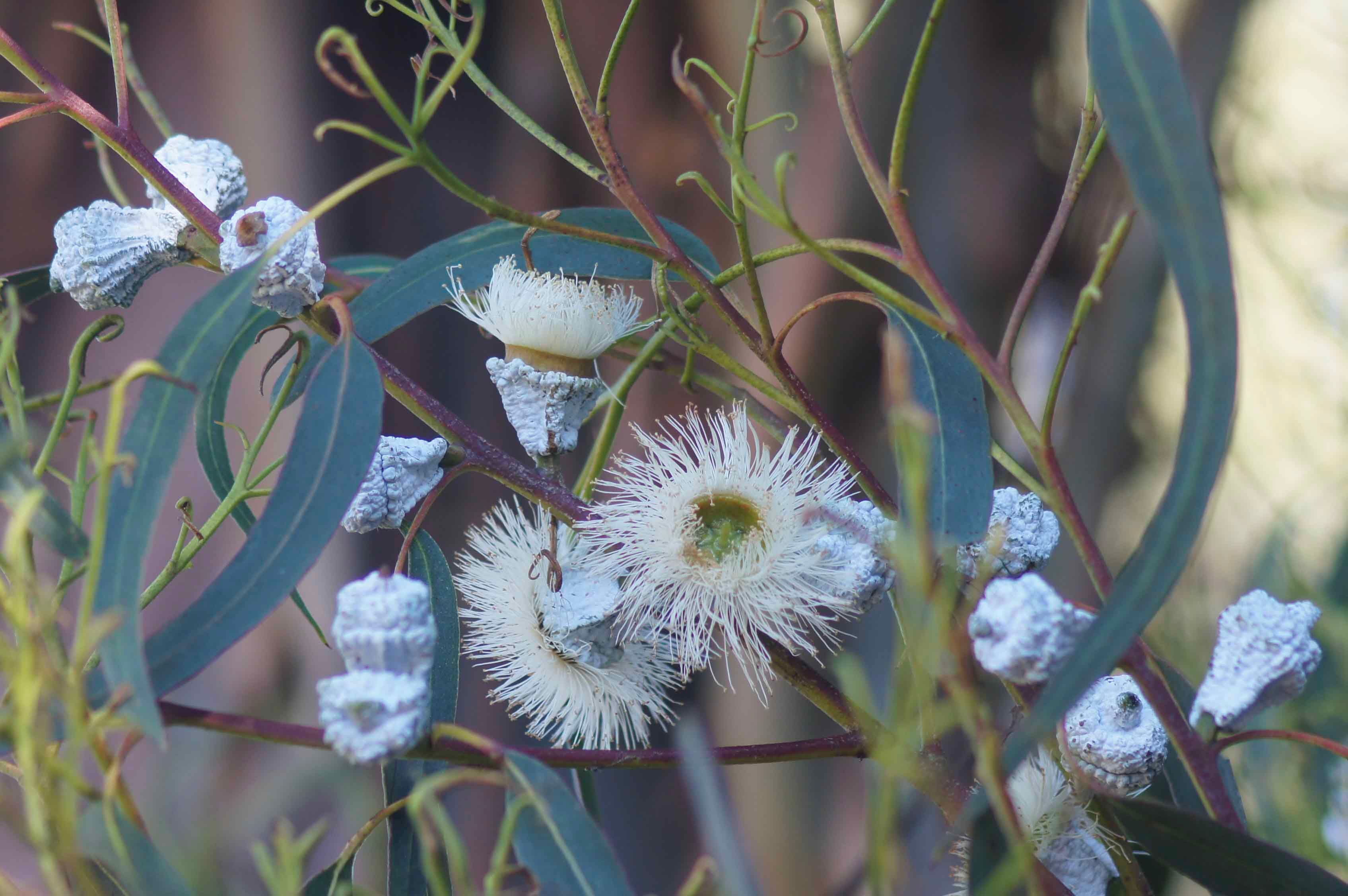
Eucalyptus flowers are usually small and have no petals; instead, they feature numerous stamens that give them a unique appearance. These flowers are rich in nectar, attracting a variety of pollinators, including bees, butterflies, and birds.
Many bird species, including parrots and cockatoos, nest in Eucalyptus trees, relying on their branches for shelter. The dense foliage and sturdy branches of Eucalyptus trees provide safe nesting sites and roosting areas for birds throughout the year. 14
Eucalyptus seeds are extremely tiny, some as small as dust particles. Despite their minute size, these seeds can develop into towering eucalyptus trees that grow over 200 feet tall, showcasing their impressive potential for growth. 15


